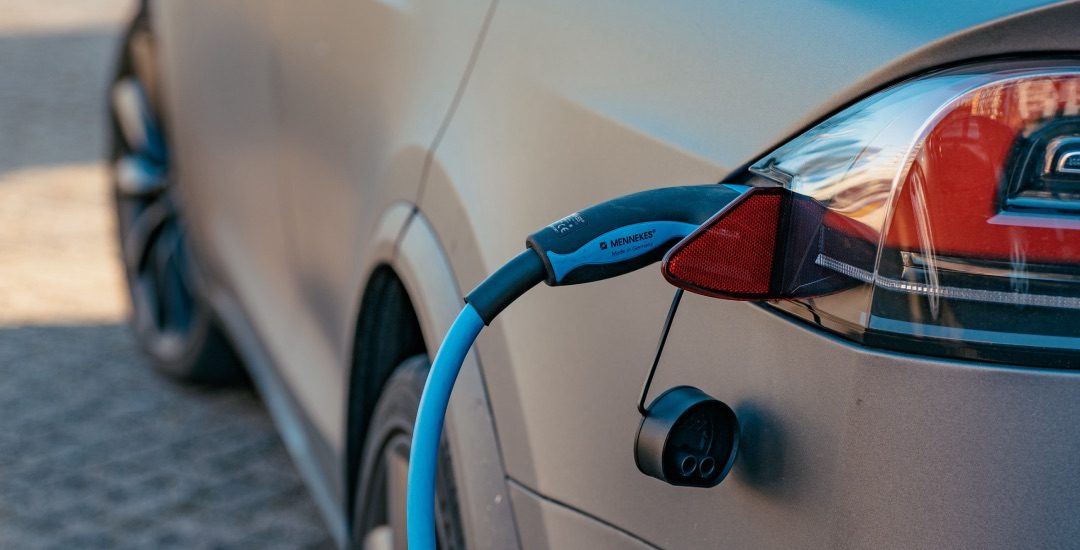In today’s fast-paced world, electric vehicles (EVs) are becoming increasingly popular for their eco-friendly nature and cost-saving benefits. Home EV Charging is one of the most convenient ways to power up your EV.
In this article, we’ll explore the fantastic advantages of home EV charging. From saving money to contributing to a cleaner environment, home charging offers a range of benefits. Let’s delve into the reasons why having your charging station at home can transform your EV experience and make your life easier.
Cost Savings For Home EV Charging for Your Electric Vehicle
When it comes to charging your electric vehicle (EV), one big advantage of having a home charger is that money you can save. Let’s break down how it works in simple terms.
- Lower Electricity Costs: Charging your EV at home can be cheaper than filling up at public charging stations. You pay residential electricity rates, which are often lower than the costs per mile you’d pay at a public station.
- Off-Peak Charging: Many power companies offer lower electricity rates during off-peak hours, like at night. With a home charger, you can schedule your EV to charge during these times, saving even more money.
- No Trip to the Pump: With a home charger, you say goodbye to gas stations. It means you won’t have to worry about fluctuating gas prices, and you’ll avoid the drive to get fuel.
- Government Incentives: Some governments provide incentives, tax credits, or rebates for home EV charger installations. This helps reduce the initial cost of setting up your charging station.
- Long-Term Savings: Over time, the cost savings can really add up. You’ll see the benefits in your monthly budget and in the form of fewer maintenance expenses since EVs have fewer moving parts than traditional cars, Home EV Charging can be a smart financial move. You’ll save money on fuel and enjoy the convenience of never having to rEVisit a gas station. Plus, government incentives can sweeten the deal, making home EV charging a cost-effective choice for you and your wallet.
Convenience Home EV Charging for Your Electric Vehicle
Convenience is a big reason why people love charging their electric vehicles (EVs) at home. Imagine this: you park your EV in your driveway or garage. When it’s time to charge, you plug it in, just like you do with your smartphone. No need to drive to a gas station or a charging station, which can sometimes be a hassle.
The best part? You can charge your EV while you sleep, work, or relax at home. It’s like magic! When you wake up or finish your day, your car is ready to roll with a full “tank” of electricity.
This is in contrast to public charging stations, where you might have to wait in line, and you may not even find an available charger. Plus, it can take longer to charge at public stations compared to fast home chargers.
Home charging gives you the freedom to decide when and how to charge your EV. No more rushing around, looking for a charger, or worrying about your battery running out. It’s all about making your life easier and more convenient.
Charging Speed For Home EV Charging for Your Electric Vehicle
When it comes to Home EV Charging, one of the key factors to consider is the charging speed. Charging speed refers to how quickly your EV’s battery can get juiced up.
1. Level 1 Charging
It’s like using a regular wall outlet because it’s super convenient because you can plug your EV in anywhere you have an outlet. However, it’s not very fast. It’s suitable for overnight charging or if you don’t drive your EV much.
2. Level 2 Charging
It is like having a more powerful charger at home. It can fill up your EV’s battery much quicker than a regular outlet. A Level 2 charger is what most EV owners install in their homes. It’s perfect for overnight charging, and it’s faster, making it great if you need a quicker top-up.
3. Level 3 Charging
Level 3, or DC fast charging, is lightning-fast. These chargers are usually found at public charging stations. They can significantly boost your EV in just half an hour or so. It’s excellent for when you’re on the road and need a quick charge.
Your choice of charger depends on your needs. Level 2 charging is a sweet spot for most EV owners, offering a good balance of speed and convenience for home charging.
Off-Grid Charging Solutions
Off-grid charging solutions provide a reliable way to power your devices without relying on the traditional electricity grid.
- Solar Power: Set up solar panels on your property. These panels capture sunlight and convert it into electricity.
- Wind Turbines: Install a small wind turbine. Wind energy can be harnessed to generate power for your devices.
- Battery Storage: Use batteries to store the excess energy generated. These batteries store power for use during cloudy days or when the wind isn’t blowing.
- Inverter Installation: Connect an inverter to the batteries. The inverter converts the stored DC (direct current) electricity into AC (alternating current) electricity used in homes.
- Charging Your Devices: Plug your devices into the inverter. Now, your devices can be charged using the stored electricity, even when the grid is unavailable.
Off-grid charging solutions are eco-friendly, sustainable, and perfect for remote areas or emergency situations.
Safety and Security For Home EV Charging for Your Electric Vehicle
Safety and security are essential when it comes to charging your electric vehicle (EV) at home. Here are some straightforward steps to ensure your peace of mind:
- Choose a Safe Location: Select a well-lit and easily accessible spot for your charging station. Avoid hidden or dark areas.
- Use Reliable Equipment: Invest in high-quality, reputable chargers and cables. Cheap or uncertified chargers can pose safety risks.
- Regular Inspections: Periodically check your charging equipment for any visible wear and tear, like frayed wires or loose connections.
- Professional Installation: Always hire a certified electrician to set up your home charging station. They ensure it’s installed correctly and safely.
- Secure Your Charger: Prevent theft or tampering by installing a lock or using a locking cable.
- Overload Prevention: Avoid overloading your electrical circuits. Know your home’s electrical capacity, and do not exceed it.
- Weather Protection: If your charger is outdoors, ensure it’s weatherproof and shielded from rain or extreme conditions.
By following these steps, you can charge your EV safely and securely at home.
Conclusion
In conclusion, Home EV Charging offers a multitude of benefits that make it an excellent choice for electric vehicle owners. It’s cost-effective, convenient, and environmentally friendly. You can charge at your pace, preserving your EV’s battery and contributing to a cleaner planet.
With smart features and the potential to future-proof your home, it’s a win-win. Plus, the added safety and security measures ensure peace of mind. So, if you have an electric vehicle, consider bringing the charging station home – it’s a smart move for your wallet, your EV, and the world we share.


